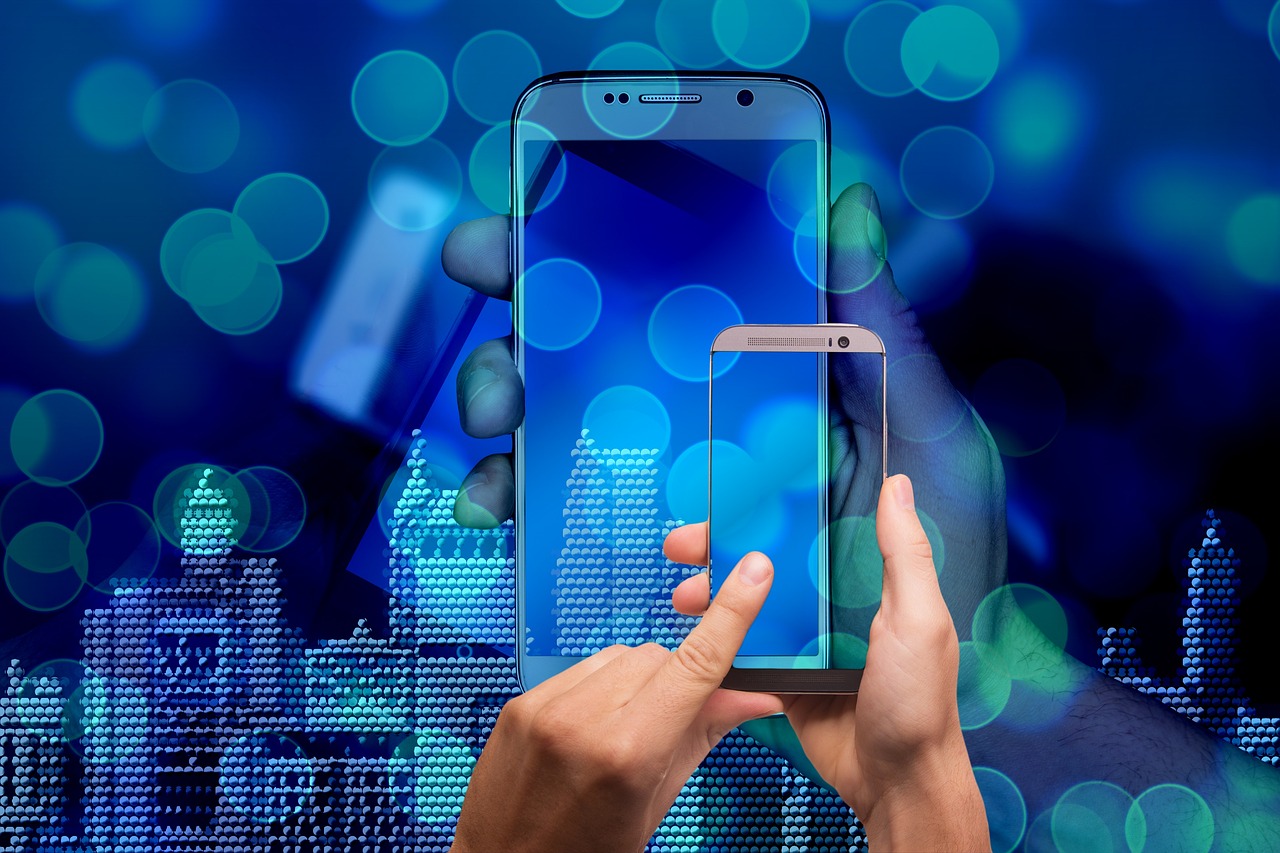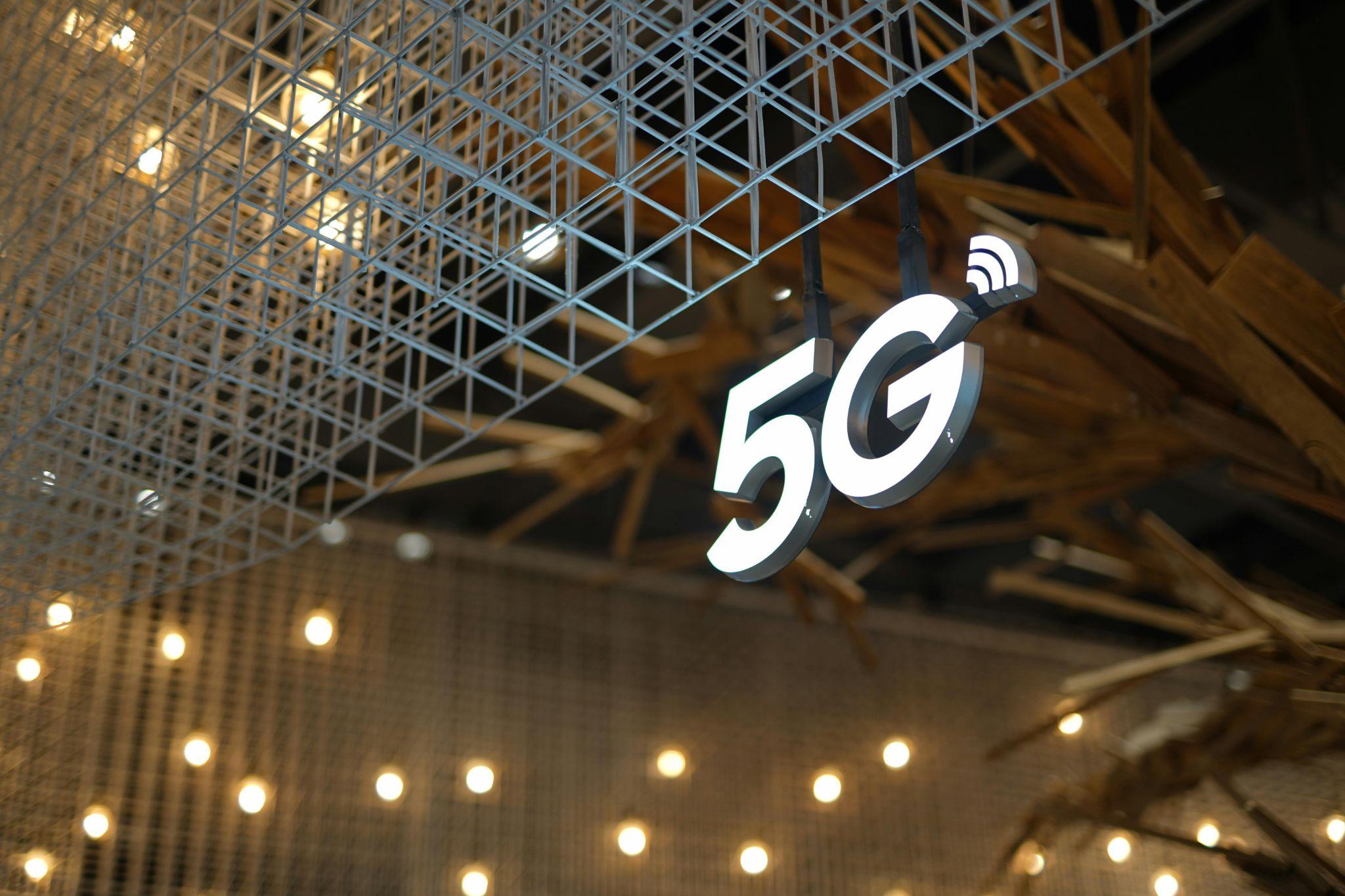The advent of 5G technology marks a pivotal moment in the evolution of global connectivity, promising to revolutionize communication, reshape industries, and drive economic growth on an unprecedented scale. This fifth-generation mobile network technology is not merely an incremental improvement over its predecessors; it represents a quantum leap in connectivity that will redefine how we interact with the digital world and with each other.
5G’s transformative potential lies in its ability to deliver ultra-fast data speeds, near-zero latency, and the capacity to connect an exponentially greater number of devices simultaneously. These capabilities are set to unlock new possibilities across various sectors, from healthcare and manufacturing to transportation and entertainment.
As we stand on the cusp of this technological revolution, it’s crucial to understand the far-reaching implications of 5G and how it will shape our connected future. This comprehensive exploration will delve into the core features of 5G technology, its economic impact, its role in advancing the Internet of Things (IoT), the challenges in its deployment, and its potential to bridge the global digital divide.
Understanding 5G Technology
Key Features of 5G
5G technology is characterized by several groundbreaking features that set it apart from previous generations of mobile networks:
- Enhanced Mobile Broadband (eMBB): Offering peak data rates up to 20 Gbps
- Ultra-Reliable Low Latency Communications (URLLC): Providing latency as low as 1 millisecond
- Massive Machine Type Communications (mMTC): Supporting up to 1 million connected devices per square kilometer
- Network Slicing: Allowing the creation of multiple virtual networks tailored to specific use cases
These features enable a wide array of applications, from augmented reality experiences to autonomous vehicles and smart city infrastructure.
| Feature | 4G | 5G |
|---|---|---|
| Peak Data Rate | 1 Gbps | 20 Gbps |
| Latency | 10-20 ms | 1 ms |
| Connection Density | 100,000 devices/km² | 1,000,000 devices/km² |
| Spectrum Efficiency | 1x (baseline) | 3x |
| Network Energy Efficiency | 1x (baseline) | 100x |
The Evolution of Mobile Connectivity
The journey from 1G to 5G represents a remarkable progression in mobile technology:
- 1G (1980s): Analog voice calls
- 2G (1990s): Digital voice calls and text messaging
- 3G (2000s): Mobile internet and video calling
- 4G (2010s): High-speed mobile broadband
- 5G (2020s): Ultra-fast speeds, low latency, and massive connectivity
5G stands apart in this evolution by not only enhancing mobile broadband but also enabling new use cases that were previously impossible, such as remote surgery, autonomous transportation networks, and immersive virtual reality experiences.
The Economic Impact of 5G
Global GDP Growth and Job Creation
The rollout of 5G is expected to have a profound impact on the global economy. According to a study by IHS Markit, 5G technology is projected to enable $13.2 trillion in global economic output by 2035. This represents about 5% of global real output in 2035 and is roughly equivalent to the combined consumer spending of China, Japan, Germany, the United Kingdom, and France in 2035.
Key economic impacts include:
- Creation of up to 22.3 million jobs globally by 2035
- Contribution of $3.6 trillion in economic output and 22.8 million jobs to the global 5G value chain by 2035
- Enabling of $13.2 trillion in global sales enablement by 2035
Industry-Specific Impacts
5G is set to transform numerous industries, driving innovation and efficiency:
- Manufacturing:
- Enabling smart factories with real-time monitoring and predictive maintenance
- Facilitating flexible production lines through advanced robotics and automation
- Healthcare:
- Supporting telemedicine and remote patient monitoring
- Enabling real-time transmission of large medical files and remote surgery
- Automotive:
- Facilitating autonomous vehicles and vehicle-to-everything (V2X) communication
- Enhancing in-vehicle entertainment and navigation systems
- Agriculture:
- Enabling precision farming through IoT sensors and drones
- Facilitating real-time crop monitoring and automated irrigation systems
- Energy:
- Supporting smart grid technologies for efficient energy distribution
- Enabling real-time monitoring of renewable energy sources
These industry transformations are expected to drive significant economic growth and create new business models across sectors.
5G and the Future of IoT

Smart Cities and Infrastructure
5G technology is set to revolutionize urban living through the development of smart cities. By enabling massive machine-type communications, 5G will support the deployment of countless sensors and devices throughout urban areas, creating a highly connected and responsive city infrastructure.
Key smart city applications enabled by 5G include:
- Intelligent Traffic Management: Real-time traffic monitoring and adaptive traffic light systems
- Smart Energy Grids: Efficient energy distribution and integration of renewable sources
- Public Safety: Enhanced emergency response systems and predictive policing
- Waste Management: Smart waste collection and recycling systems
- Environmental Monitoring: Real-time air quality and noise pollution monitoring
Cities leading in 5G adoption and smart city initiatives:
- Shanghai, China
- Seoul, South Korea
- Singapore
- Helsinki, Finland
- San Diego, USA
IoT Applications Powered by 5G
The combination of 5G and IoT will unlock a new era of connectivity, enabling a vast array of innovative applications:
- Autonomous Vehicles:
- Vehicle-to-vehicle (V2V) and vehicle-to-infrastructure (V2I) communication
- Real-time traffic and road condition updates
- Industrial IoT:
- Remote monitoring and control of industrial equipment
- Predictive maintenance to reduce downtime
- Smart Homes:
- Advanced home automation and energy management systems
- Seamless integration of multiple smart devices
- Wearable Technology:
- Real-time health monitoring and personalized healthcare
- Enhanced augmented reality experiences
- Drone Operations:
- Beyond visual line of sight (BVLOS) drone flights for delivery and surveillance
- Precision agriculture and infrastructure inspection
These applications showcase the transformative potential of 5G in enhancing efficiency, safety, and quality of life across various domains.
Challenges in 5G Deployment
Infrastructure and Deployment Costs
The rollout of 5G networks presents significant challenges in terms of infrastructure development and associated costs:
- Dense Network Architecture: 5G requires a much denser network of small cells and base stations compared to 4G, increasing deployment complexity and costs.
- Spectrum Allocation: The need for additional spectrum bands, particularly in the millimeter wave (mmWave) range, requires significant investment and regulatory coordination.
- Fiber Optic Backhaul: To support the high data rates of 5G, extensive fiber optic infrastructure is needed for backhaul connections.
- Energy Consumption: The increased network density and data processing requirements of 5G networks may lead to higher energy consumption, necessitating investments in energy-efficient technologies.
- Rural Deployment: Extending 5G coverage to rural and remote areas presents economic challenges due to lower population density and difficult terrain.
Estimated global 5G infrastructure spending is projected to reach $88 billion annually by 2023, according to the GSMA.
Regulatory and Security Issues
The deployment of 5G networks also faces regulatory hurdles and security concerns:
- Spectrum Allocation: Governments must efficiently allocate and manage spectrum resources to support 5G deployment.
- Cybersecurity: The expanded attack surface of 5G networks requires robust security measures to protect against cyber threats.
- Privacy Concerns: The increased data collection and processing capabilities of 5G raise privacy concerns that need to be addressed through regulation.
- Geopolitical Tensions: International disagreements over 5G equipment suppliers have led to restrictions and delays in some countries.
- Electromagnetic Field (EMF) Exposure: Public concerns about potential health effects of 5G radiation need to be addressed through scientific research and public education.
Countries are addressing these challenges through various approaches, such as:
- The European Union’s 5G toolbox for cybersecurity
- The United States’ “Clean Network” initiative
- China’s accelerated 5G deployment as part of its national strategy
The Role of 5G in Bridging the Digital Divide

Expanding Connectivity in Developing Regions
5G technology has the potential to significantly reduce the global digital divide by providing high-speed internet access to underserved regions:
- Fixed Wireless Access (FWA): 5G FWA can provide broadband connectivity to areas where fiber deployment is not economically viable.
- Mobile Broadband: Enhanced mobile broadband capabilities can provide internet access to regions with limited fixed infrastructure.
- Education: Improved connectivity enables access to online educational resources and distance learning opportunities.
- Healthcare: Telemedicine and remote healthcare services can be extended to rural and remote areas.
- Economic Opportunities: Enhanced connectivity can facilitate e-commerce, remote work, and digital entrepreneurship in developing regions.
Challenges in Achieving Global Coverage
Despite its potential, achieving global 5G coverage faces several obstacles:
- Economic Disparities: The high cost of 5G infrastructure may lead to slower deployment in less developed countries.
- Technological Limitations: Current 5G technologies may not be suitable for all geographic and demographic contexts.
- Regulatory Barriers: Varying regulatory frameworks across countries can hinder coordinated 5G deployment.
- Digital Literacy: Lack of digital skills in some regions may limit the adoption and effective use of 5G technologies.
- Sustainable Business Models: Developing sustainable business models for 5G deployment in low-income areas remains a challenge.
Strategies to overcome these challenges include:
- Public-private partnerships to fund infrastructure development
- Technology sharing and knowledge transfer between developed and developing nations
- Adoption of innovative deployment models, such as community-owned networks
- Investment in digital literacy programs alongside infrastructure development
Case Studies: 5G in Action
5G in Healthcare
- Remote Surgery in China: In January 2019, surgeons in China successfully performed the world’s first 5G-enabled remote surgery on a human patient, demonstrating the potential of 5G in telemedicine.
- COVID-19 Response in Italy: During the pandemic, 5G-enabled robots were deployed in Italian hospitals to monitor patients and reduce the risk of infection for healthcare workers.
- Ambulance Connectivity in the UK: The UK’s National Health Service (NHS) has trialed 5G-connected ambulances, enabling paramedics to livestream patient data to hospitals and receive real-time guidance from specialists.
5G in Manufacturing
- Smart Factory in Sweden: Ericsson’s 5G-enabled smart factory in Lewisville, Texas, showcases advanced automation, AR-assisted maintenance, and real-time production monitoring.
- Autonomous Vehicles in Germany: BMW’s plant in Leipzig uses 5G to support autonomous transport systems within the factory, improving logistics efficiency.
- Quality Control in China: Haier’s 5G-enabled washing machine factory in Qingdao uses AI and IoT for real-time quality control, reducing defects by 21% and increasing efficiency by 30%.
Conclusion
The impact of 5G on global connectivity is set to be transformative, ushering in a new era of technological capabilities and economic opportunities. From revolutionizing industries and enabling smart cities to bridging the digital divide, 5G’s potential is vast and multifaceted.
However, realizing this potential requires overcoming significant challenges in infrastructure deployment, regulatory alignment, and ensuring equitable access. As we move forward, strategic investments, global cooperation, and innovative approaches will be crucial in maximizing the benefits of 5G technology.
The rollout of 5G is not just about faster internet speeds; it’s about creating a hyperconnected world that can drive innovation, improve quality of life, and address global challenges. As this technology continues to evolve and mature, its full impact on global connectivity will unfold, shaping the way we live, work, and interact in the decades to come.
